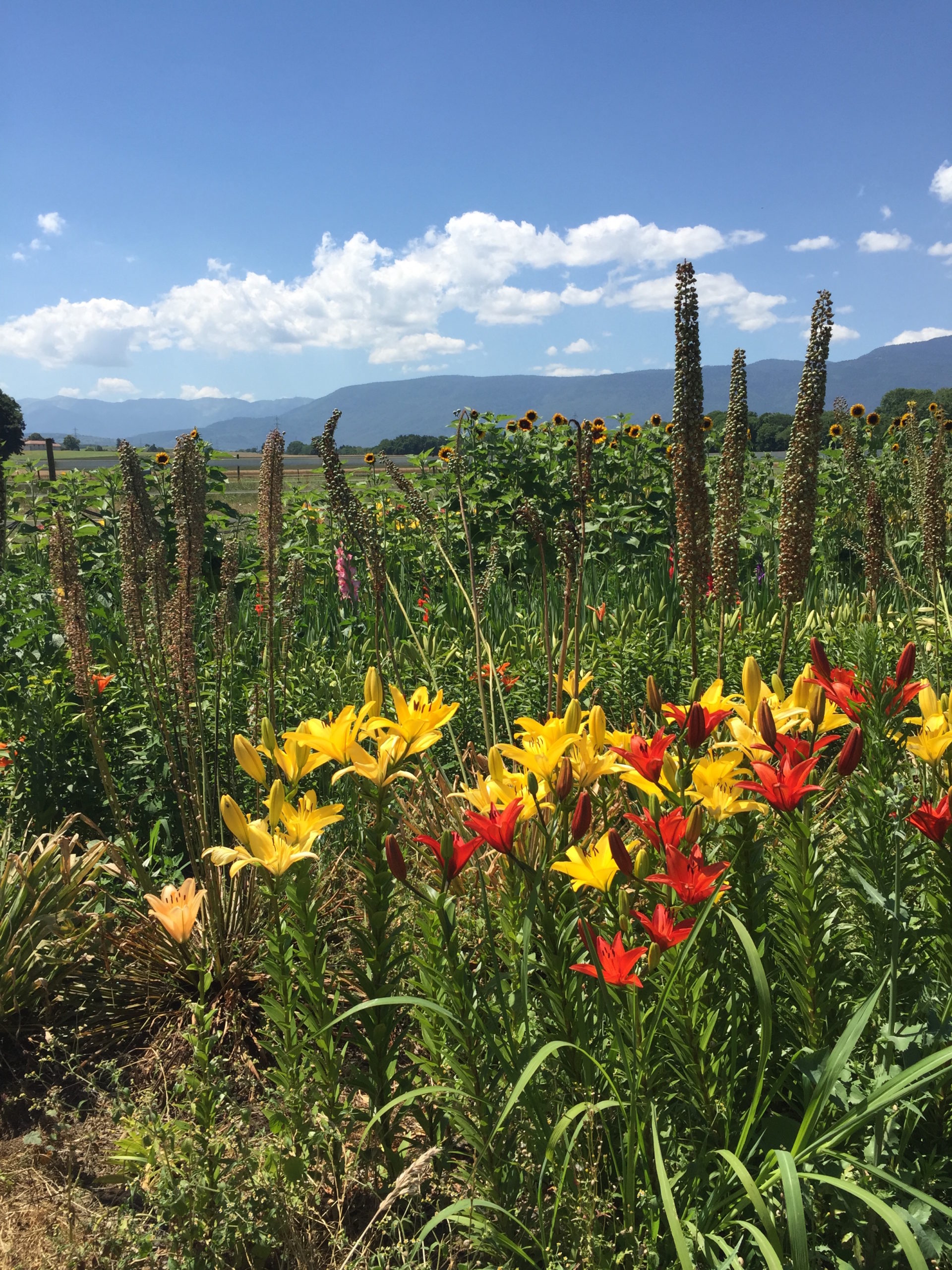Dr Robert Degli-Agosti of the University of Geneva is currently testing a device and providing feedback that Vivent is using to further improve the range of Phytl Signs devices. He shares with us answers to three questions about plant signalling.
As an academic you’ve been measuring electrical signals in plants for some time. How do you do this?
Presently, electrical signals in plants are very difficult to measure. They need adapted and dedicated, thus very expensive (many $10000’s of dollars) research laboratory equipment. The equipment includes very sensitive electronic devices and an installation around the plant to eliminate electric noise (Faraday cage). Moreover, experienced and trained people are also needed.
How is Phytl Signs different to the current approach?
The proprietary design of Phytl Signs box, by Vivent, identifies and eliminates almost all unwanted interference signals. By getting rid of the noise we can clearly see the plant signals.
The proof of concept device I am using is very simple compared to the normal laboratory equipment I am used to. The electronic device is very simply directly plugged in any desktop or a portable computer running on Linux, Windows or Mac operating systems. Laboratory, home and field measurements are now possible and are becoming affordable. Data can be processed further in common free tabulating treatment software or/and visualised in real time depending only on your creativity and imagination. I am making recordings and looking for a specific type of signal.
I know you can listen to the signals using the speaker and I think they are adding a light feature that will change color with different signals. These features will be entertaining for all curious people.
So what can people do with the device?
This brings to everyone the opportunity to explore this underexamined scientific domain. There are so many historical findings to test and significant new discoveries and applications to investigate. Or simply look at plants in a new way for fun! But at a tiny fraction of professional costs. It is really amazing.

